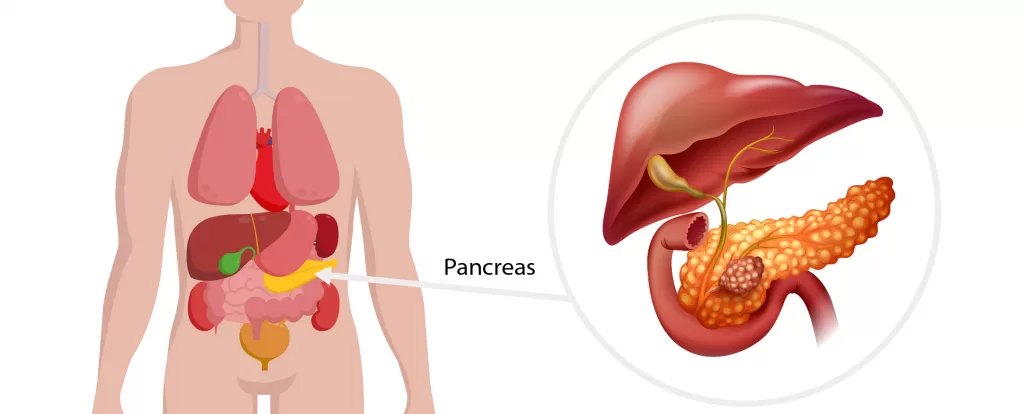The diagnosis and management of pancreatic cancer is complex and often requires the input of radiologists, gastroenterologists, endoscopists, surgeons, oncologists, nutritionists and anaesthetists. Collectively these specialists form a multidisciplinary team (MDT) whose focus is the optimal cancer treatment for each patient
The MDT that Harbour Surgery is part of meets twice a week and pancreatic cancer patient investigations and results are often reviewed in these meetings to ensure treatment is timed and tailored correctly for each patient and their tumour.
Two types of pancreatic cancer are recognised
- adenocarcinomas arise from the cells that line the pancreatic ducts
- neuroendocrine cancers arise from cells in the pancreas that are involved in secreting hormones (insulin, glucagon, CCK and secretin).
The treatment of each of these cancers is very different so obtaining a correct diagnosis via tissue biopsy is an important step in management.
Approximately 500 adenocarcinomas of the pancreas are diagnosed annually in Aotearoa New Zealand. The tumours are whitish coloured and have a hard consistency. Generally, they present with symptoms related to growth eg jaundice for tumours in the head of the pancreas that are close to the main bile duct and pain for tumours lying elsewhere in the pancreas.
Patients with pancreatic adenocarcinomas usually undergo both CT and MRI scans and often an ultrasound via an endoscope (EUS) to get a clear sense of exactly where in the pancreas they lie, what structures they are close to and whether any spread has occurred. If jaundice is present often this will be treated initially with a endoscopic procedure (ERCP) placing a small plastic tube through the blocked part of the bile duct.
Optimal treatment of pancreatic adenocarcinoma requires complete removal of the tumour and immediately adjacent pancreas. Generally, this involves a distal pancreatectomy for lesions in the body and tail of the pancreas. Harbour Surgery offers this procedure either via an open (an incision) approach or via keyhole surgery (laparoscopic or robotic surgery). For cancers in the pancreatic head are treated with Whipple Procedure (pancreaticoduodenectomy).
Unfortunately, at least half of pancreatic adenocarcinomas have spread beyond the pancreas at the time of diagnosis. For these patients the priorities of treatment are to relieve jaundice (if present), effectively control symptoms and maintain quality of life, and limit tumour growth with chemotherapy and radiation therapy.
For patients with tumours localised to the pancreas treatment includes both resection and chemotherapy. Chemotherapy may be given prior to resection to decrease the size of the cancer or after surgical resection. There is good evidence that chemotherapy increases the chance cure if combined with surgery.
Neuroendocrine cancers are rare pancreatic tumours with approximately 150 diagnosed annually in Aotearoa New Zealand. The cancers are generally tan coloured and of soft consistency. Overall neuroendocrine cancers are slower growing than adenocarcinomas and even with advanced neuroendocrine cancers, patients may live normally for many years.
Localised cancers are surgically treated in the same way as adenocarcinomas with cancers in the pancreatic body and tail treated with distal pancreatectomy and those in the pancreatic head treated with Whipple procedure (pancreaticoduodenectomy). Occasionally small neuroendocrine cancers are removed leaving most of the pancreas behind (enucleation)
For neuroendocrine cancers that have spread outside the pancreas, surgical removal of the pancreatic cancer may still be employed while tumours outside the pancreas may be treated with chemotherapy, surgical removal, radiation therapy administered with internally (Peptide receptor radiation therapy; PRRT) or externally, or by a radiological procedure to block tumour blood supply (embolization).

